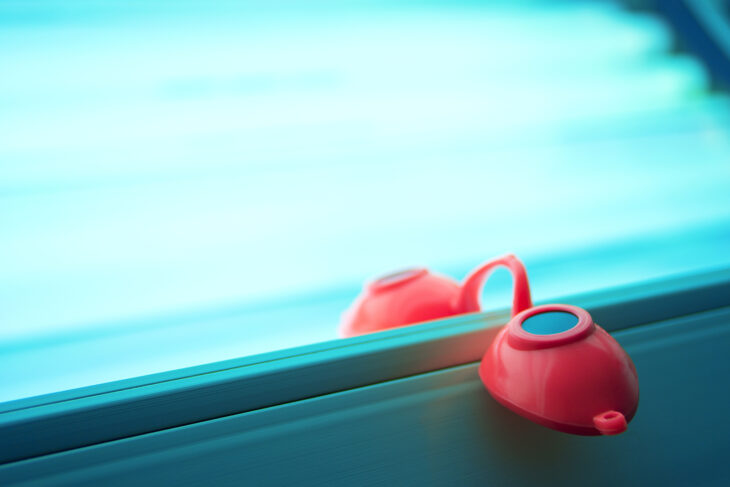During the winter, you may be tempted to add some color to your skin by spending some time in an indoor tanning bed. After all, how much damage could 20 minutes really do?
The truth is that tanning beds are dangerous. The World Health Organization has determined that UV rays from tanning beds cause cancer, and in fact, researchers estimate that indoor tanning may cause upwards of 400,000 cases of skin cancer in the United States annually.
THE EFFECTS OF TANNING BEDS
Indoor tanning equipment, which includes all artificial light sources, including beds, lamps, bulbs, booths, etc., emits UVA and UVB radiation. Ultraviolet A (UVA) rays are the cause of visible signs of aging, such as wrinkles, hyperpigmentation (sun spots) and loss of elasticity. More importantly, UVA rays penetrate deeper, to the dermal-epidermal junction of the skin, where they can damage your cells’ DNA, causing abnormal cells to begin to grow that can cause melanoma.
Tanning beds also emit ultraviolet B (UVB) rays, which penetrate the upper layers of the skin, known as the epidermis. Evidence from multiple studies has shown that exposure to UV radiation from indoor tanning devices is associated with an increased risk of melanoma and nonmelanoma skin cancer, including squamous cell carcinoma and basal cell carcinoma.
COLOR CHANGE IS A SIGN OF DAMAGE
I’m sure you have heard the phrase “healthy glow” to describe tanning. There is nothing healthy about it. The increase in pigment, called melanin, that causes the color change in your skin actually is a sign of damage. Your body normally makes a melanin to try to protect the deeper layers of your skin. When your skin is exposed to UV radiation, it increases the production of melanin to try to shield your skin from further damage. Plain and simple – there is no such thing as a safe tan.
SAFER WAYS TO GET A SUN-KISSED GLOW
If you can’t resist the urge to look tan, the Skin Cancer Foundation recommends using a light pink blush for pale skin tones, or a deeper blush or bronzer if you have a darker skin tone, to brighten your complexion and give yourself a radiant glow. You also can try a sunless self-tanner. Be sure to also use sunscreen with SPF 30, as most self-tanners do not provide any sun protection.
To keep your skin as healthy as possible, avoid sun tanning and UV indoor tanning altogether; use a broad-spectrum (UVA/UVB) sunscreen with an SPF of 30 or higher every day and examine your skin head to toe every month. It is also important to see a dermatologist every year for a professional skin exam.



